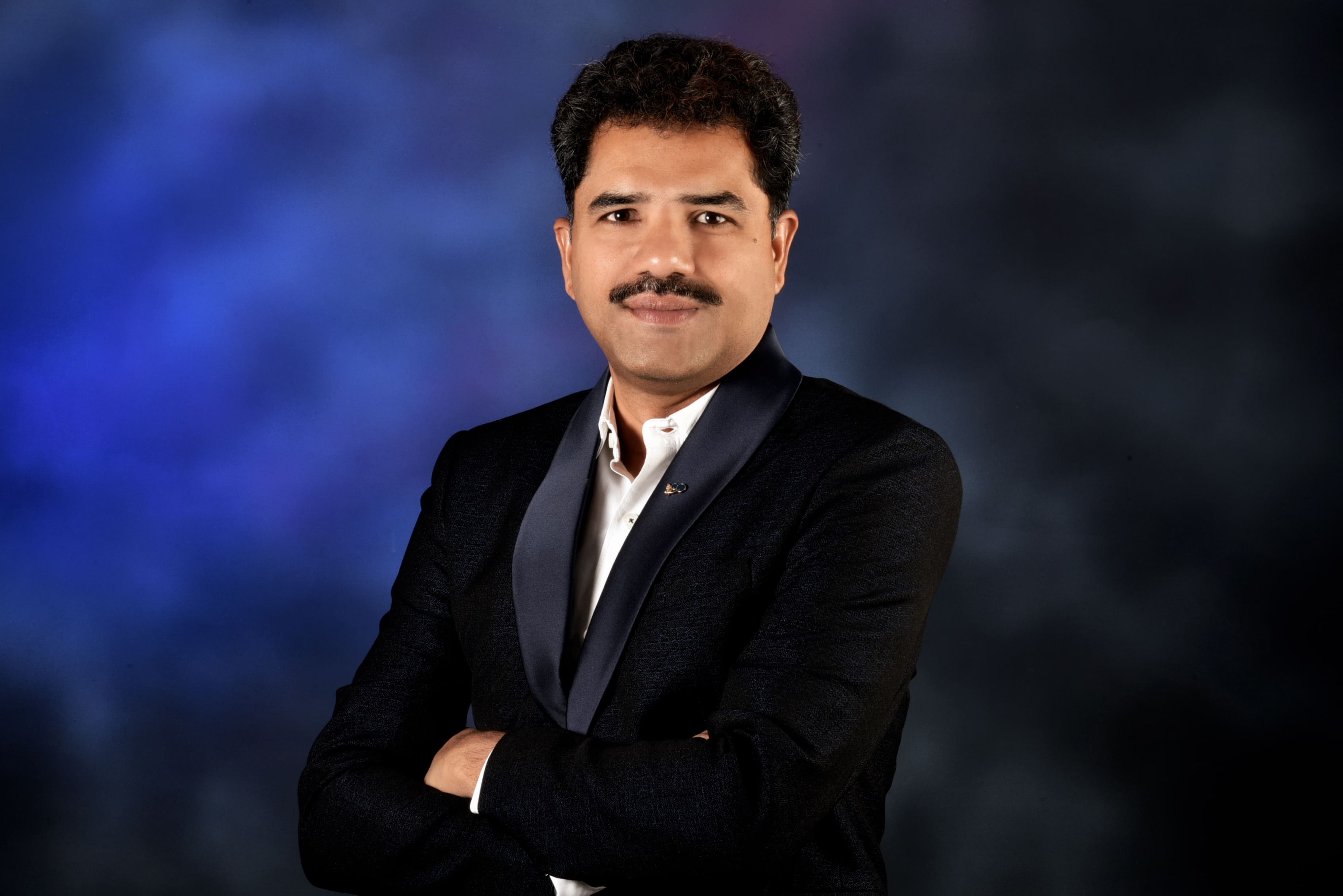"Fast, good, cheap, pick any two." This catchy line sums up the project-management triangle, also called the iron triangle. The three corners stand for time, quality, and cost.
If you pull one corner tight, the other two have to stretch or snap.
Think of it like a seesaw. Want your software done in half the time? You will either spend more money for extra hands or accept lower quality.
Trim the budget? Plan for slower delivery or fewer polished features. No team, no matter how skilled, can dodge these trade-offs forever.
The triangle idea has been around since the 1950s and is still used in tech meetings today.
Understanding this rule up front helps you set clear priorities, make smarter trade-offs, and save your team from last-minute surprises.
Understanding the Fast/Good/Cheap Rule of Software Development
The fast/good/cheap rule of software development says every project balances three forces: time, quality, and cost.
Pull one tight and the other two must loosen.
A team that wants code "tomorrow" can either pay for extra people or skip polish; keeping the price low means accepting slower delivery or fewer bells and whistles.
1. What does the triangle really mean?
|
Corner you push |
What you control |
What usually slips |
|
Time |
Delivery date |
Cost ↑ or Quality ↓ |
|
Quality |
Fewer bugs & rich UX |
Time ↑ or Cost ↑ |
|
Cost |
Small budget |
Time ↑ or Quality ↓ |
Think of the triangle as a seesaw with three seats. When you lock in a tight deadline, the budget or the polish has to lift to keep the board level.
That balance act never disappears, no matter how clever the team is.
Scope, time, and cost are tied together by design. If one point moves without compensating, the shape breaks and quality falls out the bottom.
That is why experienced PMs flag trade-offs before coding even starts.
A pizza shop makes it clear: ask for a pie in ten minutes and you either pay for rush service or accept fewer toppings.
Software isn't pizza, but the constraint math is identical.
2. How often teams miss the mark
Real projects prove the rule hard. The Standish CHAOS Report 2020 shows only 31% of IT projects finish on time and on budget; half run late or over budget and 19% are cancelled outright.
That means two-thirds of teams discover, often too late, that they tried to "pick three."
The triangle wins, the plan loses, and stakeholders lose trust.
Setting expectations early, "we're choosing fast and good, so costs may rise", turns the triangle from a surprise into a steering wheel your sponsors can help turn.
3. The hidden cost of fixing bugs late
|
Stage found |
Relative cost* |
|
Design |
1x |
|
Coding |
6x |
|
Testing |
15x |
|
After release |
up to 100x |
BM's classic study shows a defect caught after release can cost up to 100x more than one caught in design, with a steep rise already visible by the test phase.
So choosing fast and cheap by trimming testing looks smart today but opens a pricey hole in tomorrow's budget.
Every late-night hot-fix and emergency patch is delayed payment on that loan.
Investing in early code reviews and automated tests feels slower, yet it is the cheapest way to keep quality from becoming your sacrificed corner.
4. Why rushing can explode the budget
|
Scenario |
Daily value lost |
30% delay bill |
|
$50 M, 3-year build |
$45,662 |
Around $15 M |
Deltek calculated that a $50 million, three-year project burns about $45.6 k every day it slips.
Stretch that schedule by 30%, and the overrun nears $15 million, essentially funding an entire extra feature team you never planned for.
Whenever someone pushes for good and cheap by extending the timeline, show these numbers so the trade-off is a choice, not a shock.
5. Does Agile let you "pick three"?
Agile fans argue the model flips: success equals customer value plus quality, with scope-time-cost downgraded to flexible constraints.
That shift helps teams react to change, but the constraints do not vanish, they simply move behind the scenes.
Add features mid-sprint and you still decide: slip the date, add people, or slice scope.
Agile reframes the conversation, yet the triangle's tension is still there, reminding us every "yes" has a hidden "instead."
6. Skills that help bend the rule
|
Metric (2025 PMI) |
High business-acumen PMs |
Other PMs |
|
Meet schedule |
63% |
59% |
|
Meet budget |
73% |
68% |
|
Failure rate |
8% |
11% |
PMI's 2025 survey of 3,000 professionals shows leaders with strong business sense hit schedules and budgets more often and fail less.
They still respect the triangle; they simply see the bends sooner and steer around cracks. Better stakeholder talks and smarter risk math stretch the two chosen corners further.
Training PMs in finance, strategy, and negotiation is a low-cost way to "loosen the nuts" on the triangle without breaking it.
7. Picking your two: a quick case study
A seed-stage startup needed an MVP in six weeks to wow investors. They picked fast and cheap, hiring a lean offshore team and skipping deep tests.
The demo landed the funding, but post-launch fixes cost more than the original build, quality was the corner that cracked.
On the rebuild they chose good and cheap, doubled the timeline, and spent less overall.
The lesson: the triangle never goes away, but you decide when and where it bends.
Conclusion
The fast / good / cheap rule is a reminder that every software project lives inside a triangle of time, quality, and cost.
If you tighten one corner, the other two naturally loosen. Smart teams call out these trade-offs early, so sponsors know exactly which two goals matter most and why the third will flex.
Platforms like AiDOOS make the triangle easier to manage by giving access to ready-made talent, clear cost controls, and built-in quality checks, helping projects move faster without hidden bills or surprise bugs.
Rethink Your Software Delivery with AiDOOS
Fast / good / cheap usually means "pick any two," but AiDOOS helps you reach for all three.
Its cloud-based Virtual Delivery Center (VDC) spins up a fully managed global tech team in minutes, no hiring rounds, no vendor paperwork, just outcome-ready "AiDOOS Units" of work.
You pay per AU, so real work starts immediately while a dedicated delivery manager owns deadlines and quality.
That instant start shrinks the time corner of the triangle without stretching cost or quality out of shape.
Cost control is built in. AiDOOS only invoices when the deliverable passes your tests, a model that trims up to 50% off average hourly outsourcing bills and has already saved clients more than $3 million.
Each AU carries checkpoints and QA gates, so solid code ships first time only instead of turning into expensive re-work later.
The result is faster releases, dependable quality, and budgets that stay calm exactly the balance the fast / good / cheap rule says is so hard to hit.
Schedule A Meeting To Setup VDC![]()
Frequently Asked Questions
1. What is the fast/good/cheap rule in software development?
The fast/ good/ cheap rule in software development says you can only hit two out of three goals, finish fast, deliver high quality, or stay cheap.
When you focus on any two, the third one will suffer.
2. Why can't software projects achieve fast, good, and cheap all at once?
Software projects achieve fast, good, and cheap all at once because time, money, and effort are limited.
If you rush, you need more people (cost) or you skip deep testing (quality). If you cut the budget, you either slow down or cut corners.
Physics of work wins every time.
3. What happens when you prioritize fast and cheap over quality?
When you prioritize fast and cheap over quality, you ship sooner and spend less today, but bugs pop up later.
Fixing those bugs after release can cost many times more than catching them early, so total spend often rises in the long run.
4. When should businesses prioritize speed and quality?
Businesses should prioritize speed and quality when a market window or investor demo date is important and brand trust matters.
Be ready to spend more money to keep both the deadline and the polish.
5. How does AiDOOS help balance speed, cost, and quality?
AiDOOS helps balance speed, cost, and quality by spinning up expert teams on demand, charges only when work passes your tests, and uses clear checkpoints.
That way you move quickly, control spending, and keep code quality high, all in one place.

